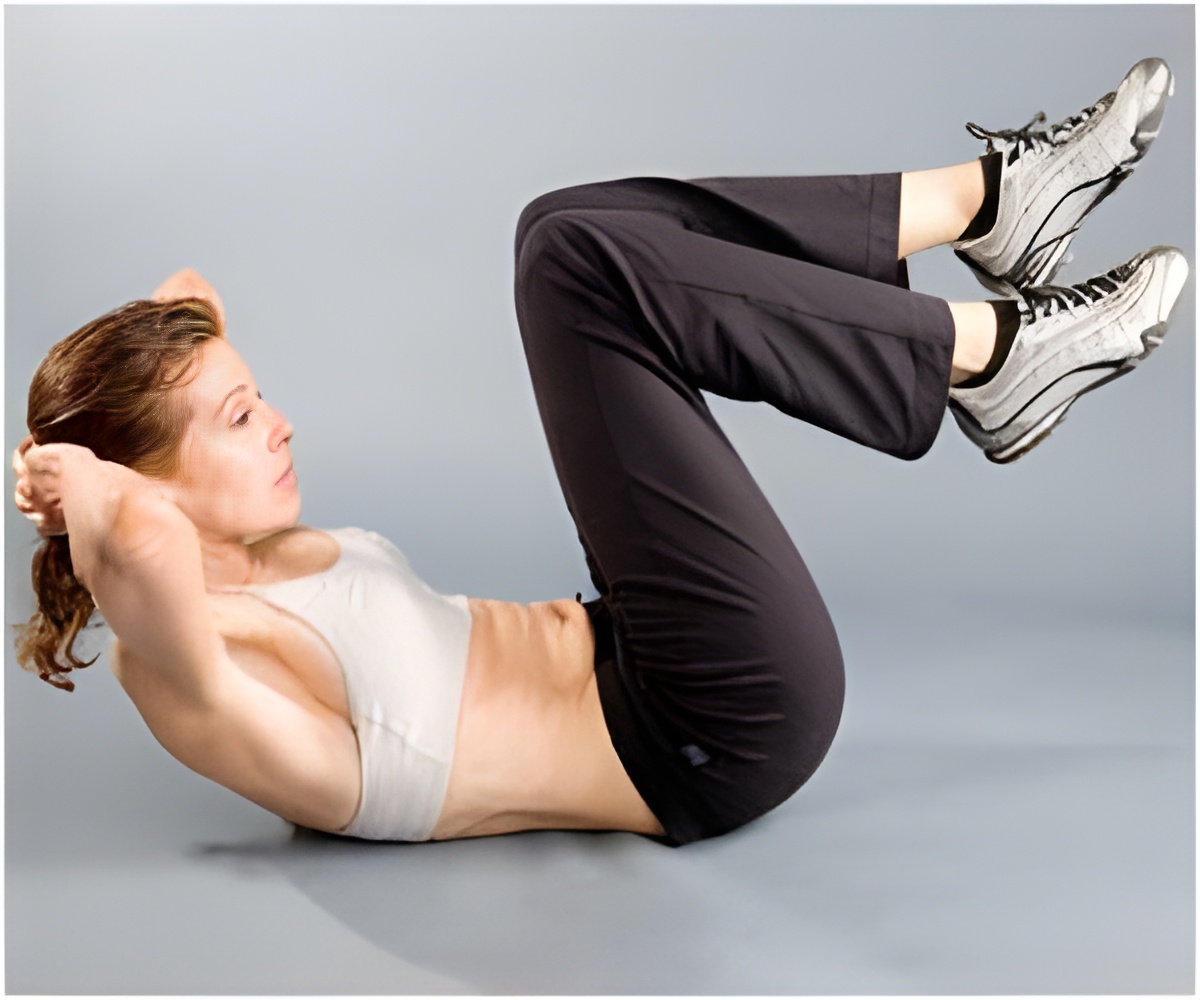
The six-month study, published by exercise physiologist, Gordon Bell, in the Faculty of Physical Education and Recreation, recruited 128 physically inactive men and women between 27 and 65 years of age with no known cardiovascular or other diseases. "Physically inactive" was defined by researchers as taking fewer than 5500 steps per day over a seven day period and not participating in any form of regular exercise.
Comparing fitness and walking groups, researchers found that after six months those in the supervised fitness program showed significantly greater reductions in their systolic blood pressure, rating of perceived exertion, the effort measured during submaximal exercise, ventilatory threshold - this is the point at which respiratory changes occur and respiration begins to become increasingly difficult during progressive exercise, and peak VO2, a measurement of peak oxygen intake.
At the start of the study, volunteers were randomized into the control group, the walking group or the exercise group and all were required to wear a pedometer for the duration of the study to ensure that they stayed within the prescribed number of steps."We gradually built up the number of steps that the walking group did until they were prescribed 10,000 steps per day to be completed every day of the week.
They actually were able to complete 9221 steps per day or 92 per cent of the prescription," says Bell, noting the high adherence rate of the walking group to the target number of steps. "There's something to be said about the these types of programs where people can use a simple device at home, collect their steps throughout the day, and with no travel and little planning involved. People seem quite willing to adhere to that type of exercise when it can be done on their own time."
Participants in the fitness program had a more intense regimen. "Volunteers had to adhere to the intensity of exercise as measured by a heart-rate monitor, and to frequency, or number of times per week which as four times a week by the end of the study." Adherence based on frequency was 77 per cent in this group. Bell says this is close to what some researchers suggest as a successful adherence rate to this type of exercise program.
Advertisement
Source-ANI
SAV














